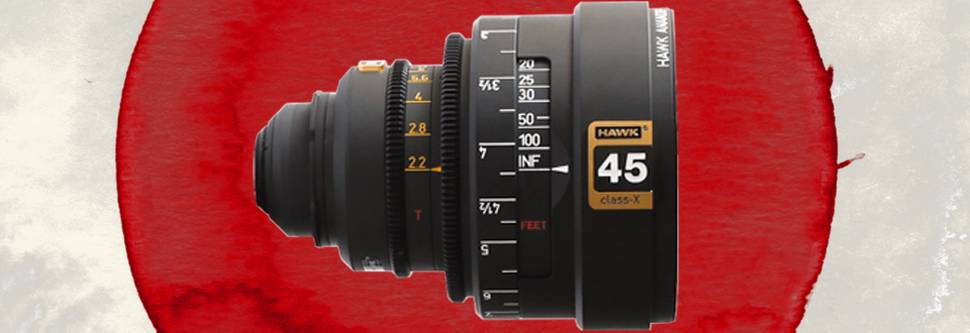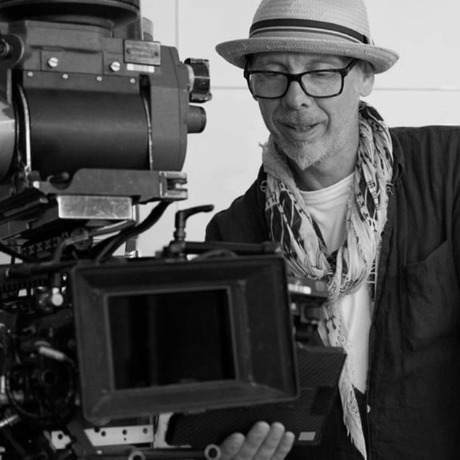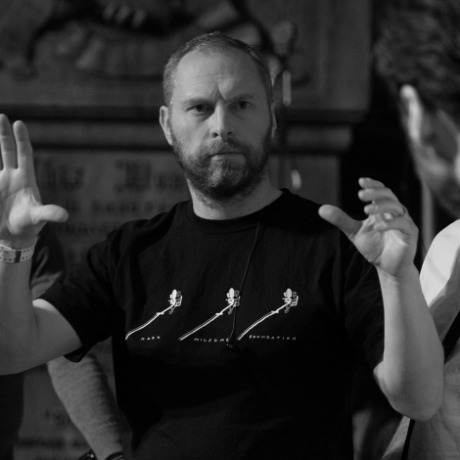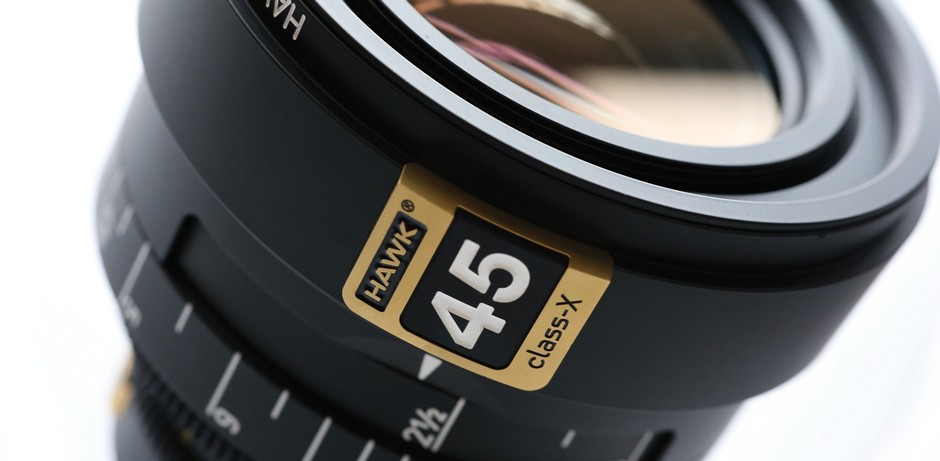
Shot on Hawk class‑X, nominated for 25 Emmys
Shōgun premiered on FX in late February 2024, and the show’s stunning visuals were prominent among the many reasons it met with wide critical acclaim. In July, the Academy of Television Arts and Sciences weighed in with an astonishing 25 Emmy nominations, including two for Outstanding Cinematography in a one-hour series – one each for directors of photography Christopher Ross, BSC and Sam McCurdy, ASC, BSC. (Marc Laliberté and Aril Wretblad also shot episodes.) The process by which the visuals were designed and achieved is a fascinating study of how cinematographers practice their art in today’s technological environment, and the role that Hawk class‑X anamorphic lenses played.
Emmy-nominated director of photography Sam McCurdy, ASC, BSC

Emmy-nominated director of photography Christopher Ross, BSC

That process began with conversations about how a hybrid of Jidaigeki and Western narrative filmmaking could look. (Jidaigeki is a Japanese genre referring to stories set in the time before the Meiji Restoration in 1868.) Ross says that his early vision grew from a combination of Kurosawa, Ozu and Vittorio Storaro’s work in Apocalypse Now and The Conformist.
“The showrunners were very keen on the film being a visceral, first-person experience like The Revenant – clearly a thumbs-up from me, although the extensive dialog in our scripts complicated that,” says Ross. “That wide-angle approach can make it difficult to cut. We also had to consider the very strict and formal Japanese codes of etiquette and gesture, which led to very specific ways of staging. That meant the visual language moved away from The Revenant somewhat and towards Apocalypse Now and its first-person narrative style. So one of the ideas we thought might be interesting was the wider lens idea of Birdman and The Revenant, but placed into the world of anamorphic lens photography.”
That was the starting point for a series of elaborate tests, done with the support of a number of different rental houses in Vancouver, including William F. White [now Sunbelt Rentals, which ultimately serviced the entire project]. A miniature version of a Shōgun was built with bamboo and rice paper panels and screens. More than ten varieties of lenses were put through their paces, including several from Vantage – among them VantageOne and VantageOne4 sphericals, and Hawk V‑Lite, Hawk V‑Lite Vintage’74 and Hawk class‑X anamorphics.

“One important discovery was that the extra foot or 18 inches of close focus offered by the Hawk class‑X meant we could maintain a bigger focus differential between foreground and background,” says Ross. “That was very important for us. In traditional Japanese compositional perspective, there is no foreground, so three-dimensionality has to come from somewhere else. The close focus of the Hawk class‑X gave us the ability to shoot without a diopter. Moving those lenses through space, you get such an incredible sense of volume and the relative placement of humans in a room. As a result, Hawk class‑X lenses became an essential tool on Shogun. The image dynamics created by those lenses were partnered with the sort of philosophical staging from Jidaigeki, and that’s what led to the look of Shōgun.
“From a contrast perspective, the Hawk class‑X glass sits immediately between the Hawk V‑Lites and the Hawk V‑Lite Vintage‘74s in terms of punchiness, which was exactly where I wanted to be,” says Ross. “I’m not a huge fan of adding layers of diffusion. Almost every shot would include visual effects. Instead of a low-contrast filter, I used film grain emulation to produce softness in the skin tones.”
McCurdy adds that the anamorphic format tends to draw the viewer’s eye to the center of the frame, and the effect can be manipulated by adjusting the stop.
“Christopher and I wanted anamorphic scale with an immersive feeling that centered the character in the middle of the frame,” says McCurdy. “Varying the stop became a crucial storytelling tool – controlling the vignette and drawing the audience to the center depending on what the character is experiencing. We’re in complete control of the vignette and the swirl. When the story requires it, wide open pulls the audience in. Shoot at 5.6 and essentially, it’s gone.
“For me, every scene became a learning curve,” says McCurdy. “You could enjoy the production design and what the actors were putting into it, and follow that with the camera. Within a scene – within a moment – I could change the lighting and the stop to be in tune with what a character is doing and feeling.
“The excellent close focus of the Hawk class‑X meant we could get up close and personal, and maintain the perception of a wider lens without getting too bendy,” says McCurdy. “The image is rooted in reality, balanced by great texture and edginess, without being overtly flarey or uber-low contrast. They’re great for the visual effects people, but there’s a character, an edge, something that creates a certain uncleanliness. Rather than a 1980s blockbuster, where it’s so clean you begin to lose the characteristics of anamorphic, it’s more like Owen Roizman’s work in The Taking of Pelham 1, 2, 3 – realism, but with theatrical scale and character.”
Not surprisingly given all the success, two more seasons of Shōgun are in the works.
McCurdy looks back on Shōgun as a mix of Game of Thrones and House of Cards. “It’s as political as House of Cards, and as big and powerful as Game of Thrones,” he says. “But it needed that grounded language. There needed to be a truth in there. And in all honesty, the truth came out in how we shot it, and in what we saw in front of the camera.”